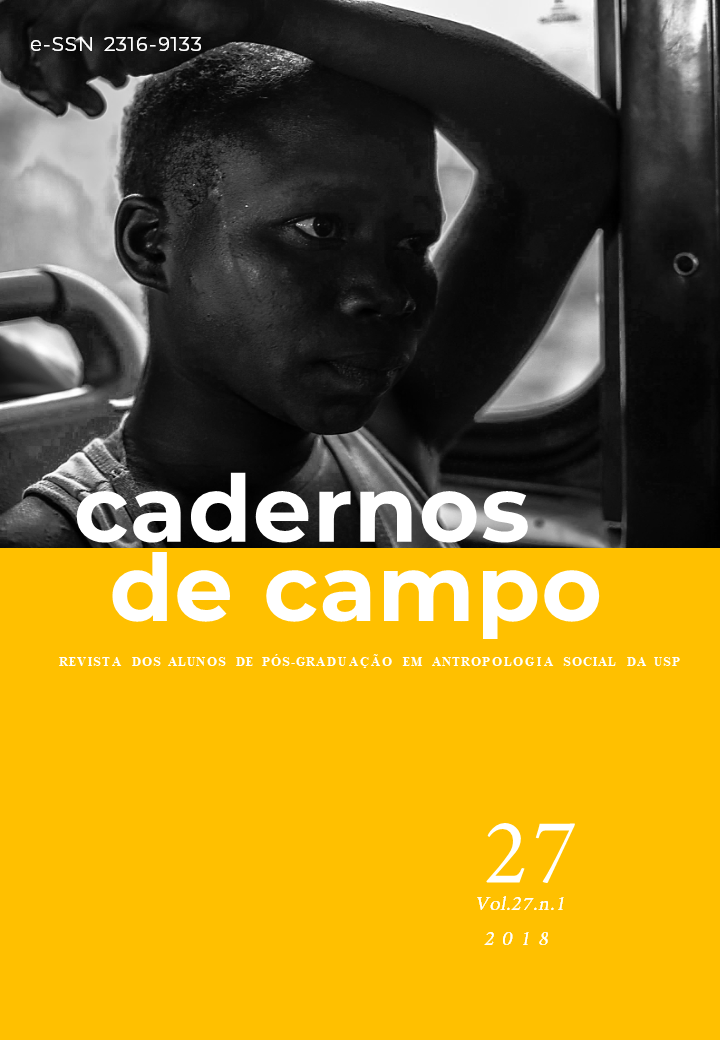Scenes of microcephaly, care and anthropology (Recife, September 2017)
DOI:
https://doi.org/10.11606/issn.2316-9133.v27i1p118-131Keywords:
Zika virus, ethnographic writing, fieldnotes diary, RecifeAbstract
In this article, I bring scenes directly from my field diaries (Saretta, 2015; Stevenson, 2017). When choosing to do anthropology from, with and by scenes, the goal is to value the field diary, this central instrument in anthropological production, but little seen and known; to promote a displacement of the omnipresence and omnipotence of anthropological translation; to suggest composition as a strategic tool to ethnographic writing. In bringing scenes, the intention is to create a community of complicity and commitment - between protagonists, ethnographers and readers - and try to get closer to what can be to live with a young child in the epicenter of the Zika virus epidemic, in a fragile democracy, in a southern economy and in the beginning of the 21st century.
Downloads
Downloads
Published
Issue
Section
License
I authorize Cadernos de Campo Journal of Anthropology to publish the work of my authorship/responsibility, as well as I take responsibility for the use of images, if accepted for publication.
I agree with this statement as an absolute expression of truth. On my behalf and on behalf of eventual co-authors I also take full responsibility for the material presented.
I attest to the unpublished nature of the work submitted





